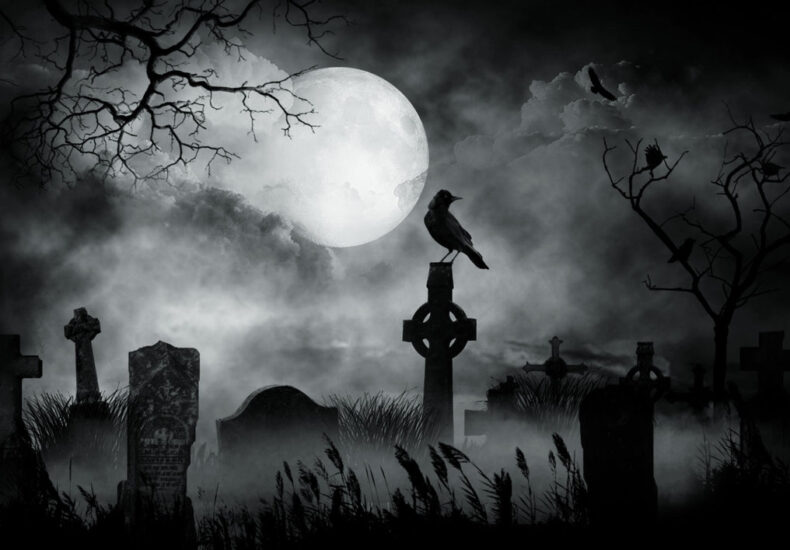
Gothic Cemeteries: The Influence of the Macabre on Gravestone Design
Picture a sprawling graveyard shrouded in mist. Twisted wrought-iron gates creak open to reveal weeping angels, crumbling mausoleums, and headstones that seem to whisper tales of the past. Welcome to the world of Gothic cemeteries—where death isn’t just mourned; it’s theatrical.
But how did gravestone design become a canvas for such dramatic expression? What led to the macabre style that haunts Gothic cemeteries with such beauty and eerie elegance? Let’s dig into the crypt (figuratively, of course) and unearth the roots of this darkly captivating tradition.
Contents
- The Gothic Obsession with Death
- Gothic Cemeteries: More Than Just Graveyards
- Macabre Symbolism in Gravestone Design
- Gravestones as Gothic Architecture in Miniature
- Literature’s Influence on Cemetery Design
- From Stone to Pop Culture: Why Gothic Cemeteries Still Fascinate
- Bottom Line
- FAQs
The Gothic Obsession with Death
Let’s go back to the late 18th and 19th centuries. The Gothic Revival wasn’t just about architecture; it was a full-blown cultural movement obsessed with the mysterious, the spiritual, and the sublime.
Think fog-drenched castles, tragic heroines, and candlelit crypts—death was everywhere, and people were oddly okay with that.
In fact, they were fascinated by it. The Victorians, especially, had a love affair with mourning. They wore black for months, kept locks of hair in lockets, and—no surprise—designed cemeteries that reflected their theatrical flair for grief.
This cultural moment spilled into the graveyards, influencing not only the layout of cemeteries but also the very stones erected in memory of the dead.
Gothic Cemeteries: More Than Just Graveyards
Gothic cemeteries weren’t merely places to bury the dead—they were immersive, symbolic landscapes. Take Highgate Cemetery in London or La Recoleta in Buenos Aires. These weren’t practical plots of land; they were cities of the dead, carefully designed to awe, intimidate, and inspire contemplation.
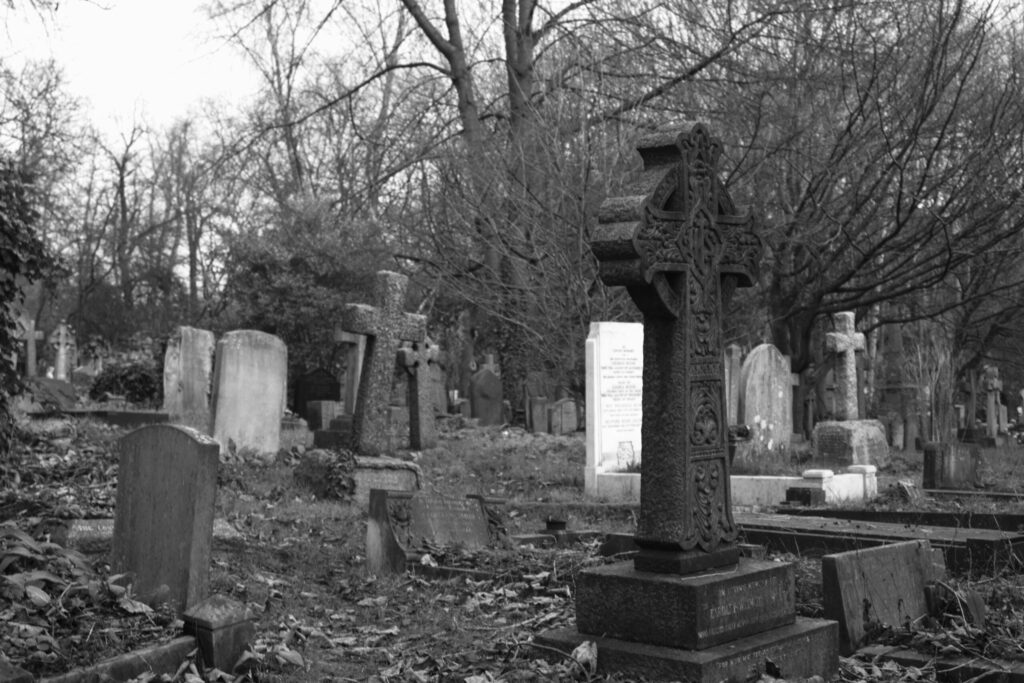
Everything from the winding paths to the towering mausoleums was designed with intention. The architecture mimicked churches, castles, and cathedrals—imposing, grand, and unapologetically ornate. It was Gothic drama at its finest, and the gravestones were no exception.

Macabre Symbolism in Gravestone Design
Now, let’s talk motifs. Gothic cemeteries are rich with visual language, steeped in both religious imagery and haunting symbolism.
Skulls and Crossbones
Commonly found on older stones, the skull-and-crossbones motif was a blunt reminder: memento mori—”remember, you will die”. But in the Gothic era, this symbol gained a more romantic edge. Death was no longer just inevitable—it was poetic.
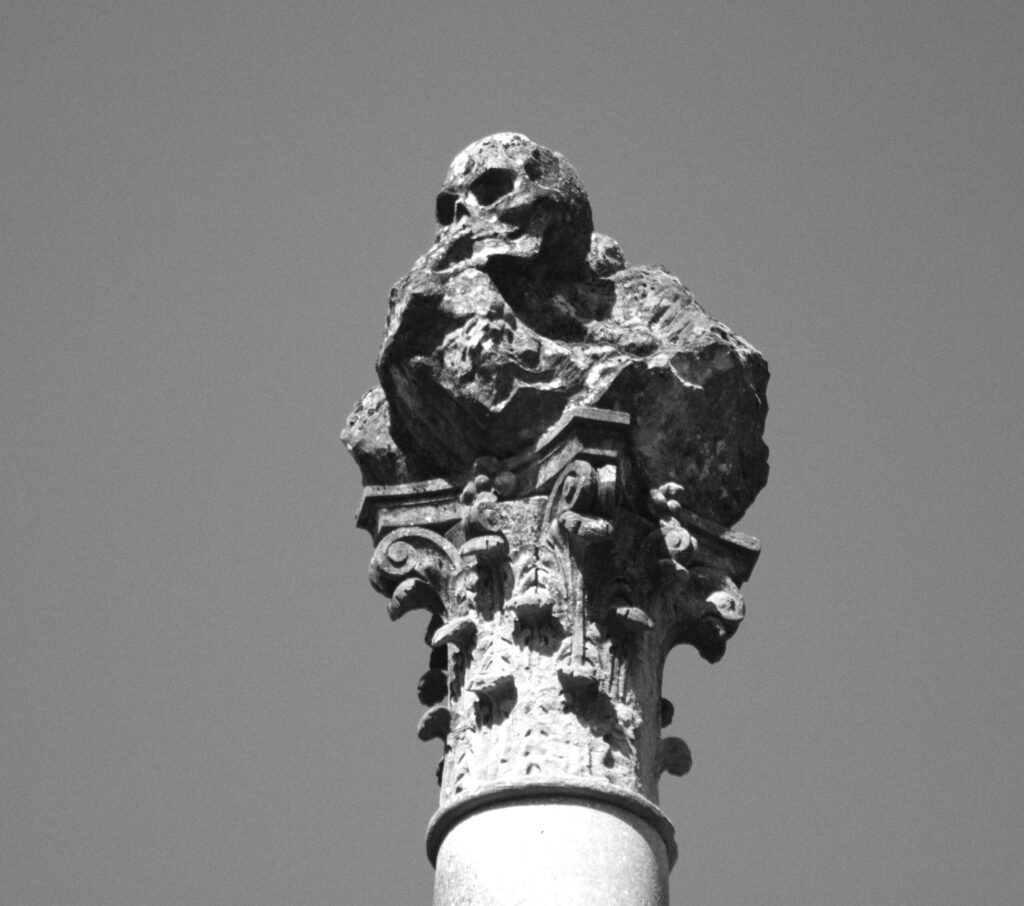
Weeping Angels and Mourning Figures
These weren’t just decorative statues. Angels reaching skyward symbolised the soul’s ascent, while mourners carved into stone represented eternal grief. Their sorrow became part of the landscape, a silent echo of those left behind.
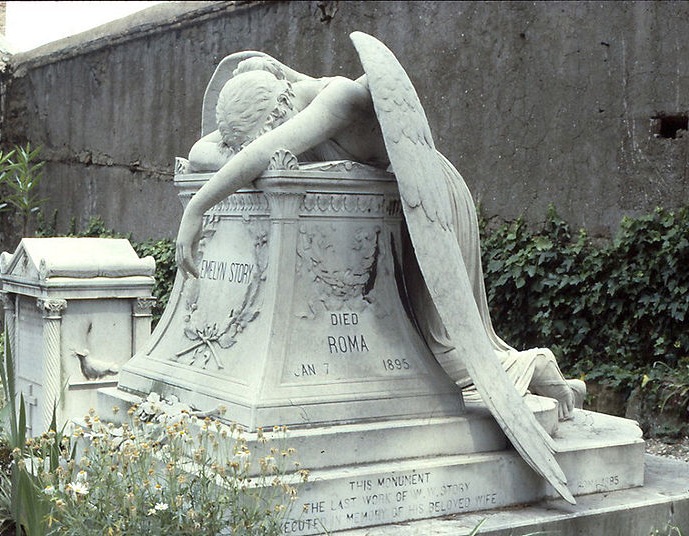
Broken Columns and Draped Urns
A broken column usually marked a life cut short. Draped urns signified the soul’s departure. These symbols turned personal tragedy into public art, allowing grief to take on beautiful, melancholic form.
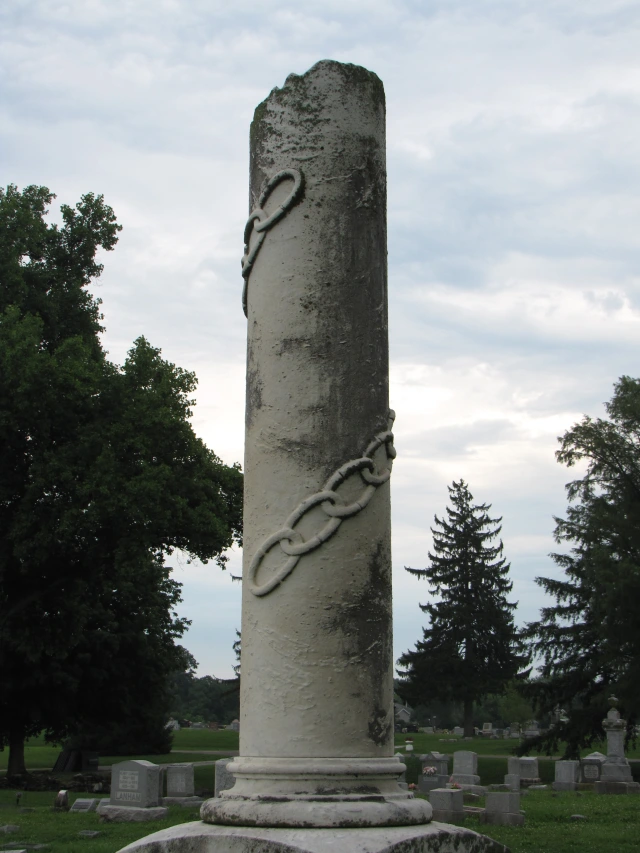
Crescent Moons, Hourglasses, and Clocks Without Hands
Time was a major theme in Gothic symbolism. An hourglass running out or a broken clock reminded viewers that time waits for no one—not even the rich resting beneath grand marble tombs.
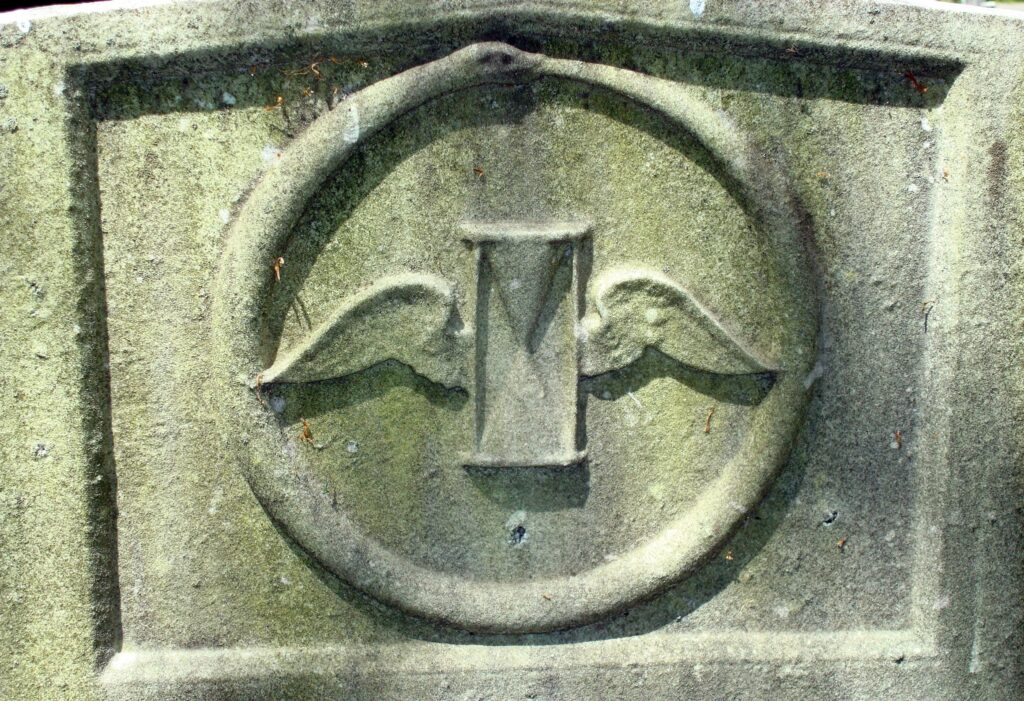
Gravestones as Gothic Architecture in Miniature
Gothic architecture didn’t just influence cathedrals—it made its way into gravestone design, too. Pointed arches, ribbed vaults, trefoil windows, and spires all found their miniature equivalents on tombs and mausoleums.
Gravestones often resembled tiny churches, complete with lancet windows and pinnacles. These designs weren’t just for show—they were meant to guide the soul heavenward, visually linking earth and afterlife.
Let’s not forget the mausoleums—grand stone structures built to house the dead in cryptic luxury. Many featured stained glass, Gothic arches, and wrought iron gates. Some even had family crests carved above the doors, a nod to feudal heritage and Victorian pride.

Literature’s Influence on Cemetery Design
You can’t talk Gothic without mentioning literature. Novels like Frankenstein, Dracula, and The Castle of Otranto fed a public appetite for eerie settings and tragic tales. These stories, filled with graveyard scenes and ghostly imagery, inspired how people viewed death—and how they wanted to be remembered.
A gravestone became a final act in one’s personal narrative. It was a stage, and the epitaph was the final line. People wanted drama. They wanted beauty. And most of all, they wanted to be remembered with flair.
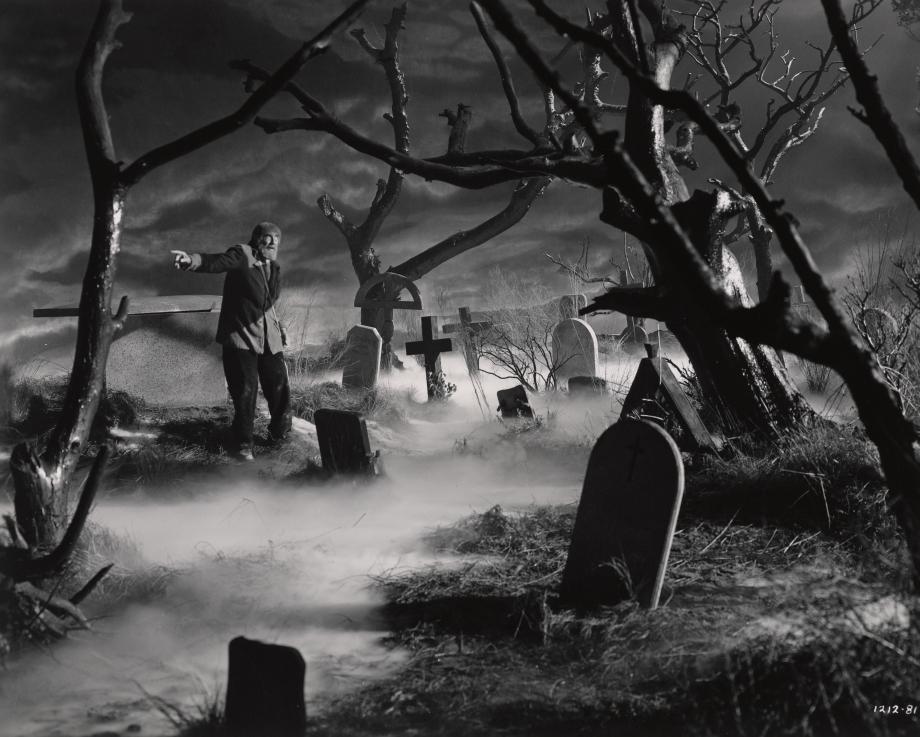
From Stone to Pop Culture: Why Gothic Cemeteries Still Fascinate
Today, Gothic cemeteries are not only places of rest—they’re cultural landmarks, tourist destinations, and Instagram backdrops. They inspire fashion, photography, and even music videos. From Tim Burton films to black metal album covers, the Gothic aesthetic lives on.
There’s something timeless about the blend of beauty and decay. A weathered gravestone covered in ivy tells a story that no polished plaque ever could. It whispers, “Remember me… or at least admire my aesthetic.”
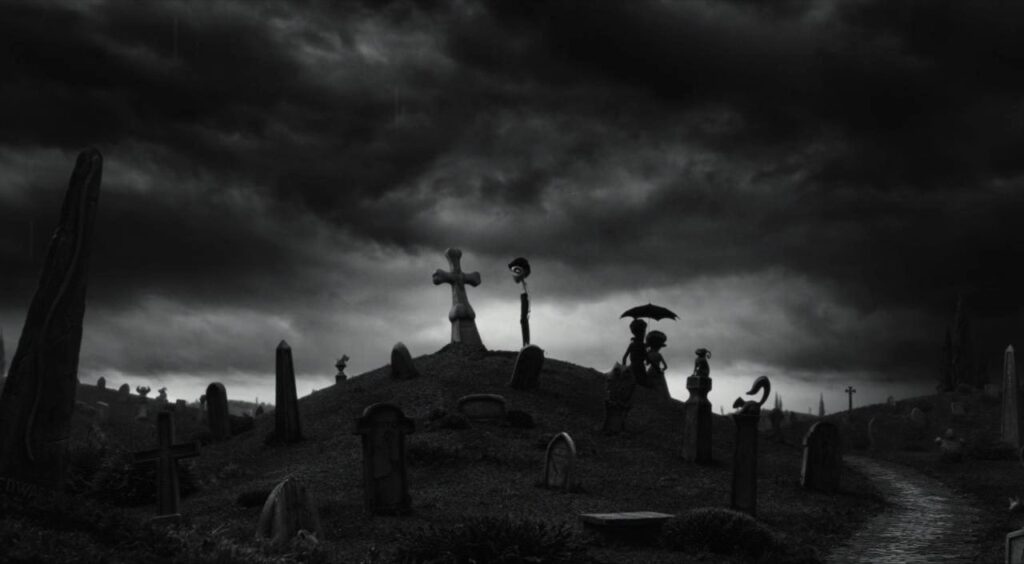
Bottom Line
Gothic cemeteries remind us that death isn’t always clinical or cold. Sometimes, it’s baroque and breathtaking. These spaces challenge us to confront mortality not with dread, but with awe.
In gravestone design, the macabre isn’t morbid—it’s meaningful. It’s how generations past made peace with the inevitable. By embracing the drama of death, they created lasting art that still speaks today.
So next time you wander through a cemetery and see an angel weeping over a tomb, stop and take a closer look.
You might just be reading a love letter to death, carved in stone.
FAQs
Gothic cemeteries are burial grounds influenced by Gothic architecture and aesthetics. They feature ornate gravestones, dramatic symbolism, and often evoke a sense of romantic melancholy.
The 19th century saw a cultural fascination with death, mourning, and the supernatural—especially in Victorian society. Gothic cemeteries reflected these values in both design and symbolism.
Yes, skulls and bones are classic memento mori symbols that were embraced by the Gothic style for their stark reminder of mortality.
Highgate Cemetery (London), Montmartre Cemetery (Paris), St. Louis Cemetery No. 1 (New Orleans), and La Recoleta (Buenos Aires) are all iconic examples.
These are influenced by Gothic architectural motifs—arches, spires, trefoils—intended to reflect spiritual aspiration and serve as eternal monuments to the deceased.
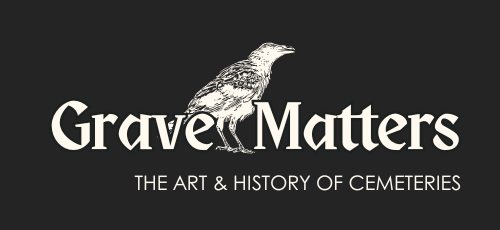
Leave a Reply